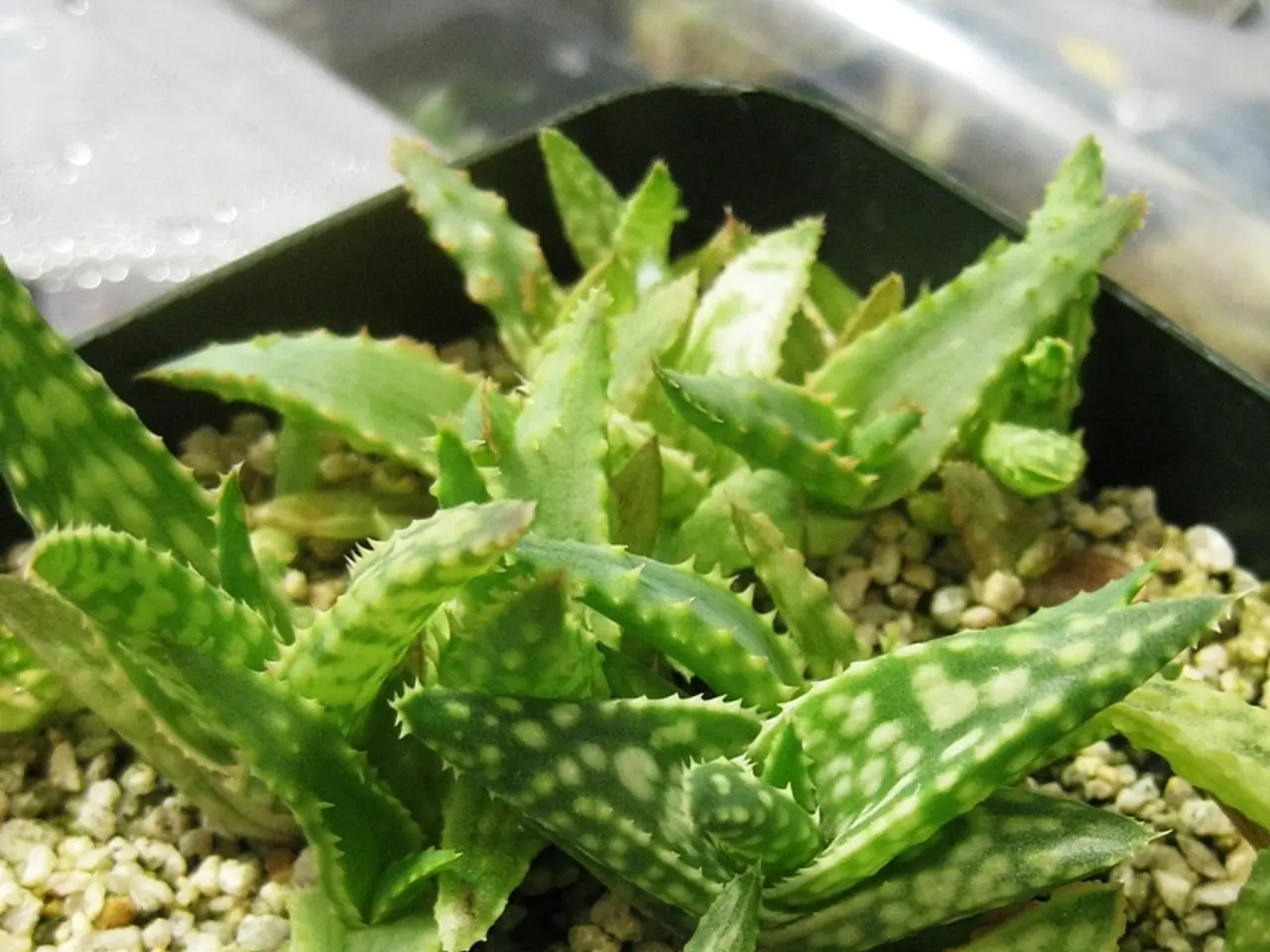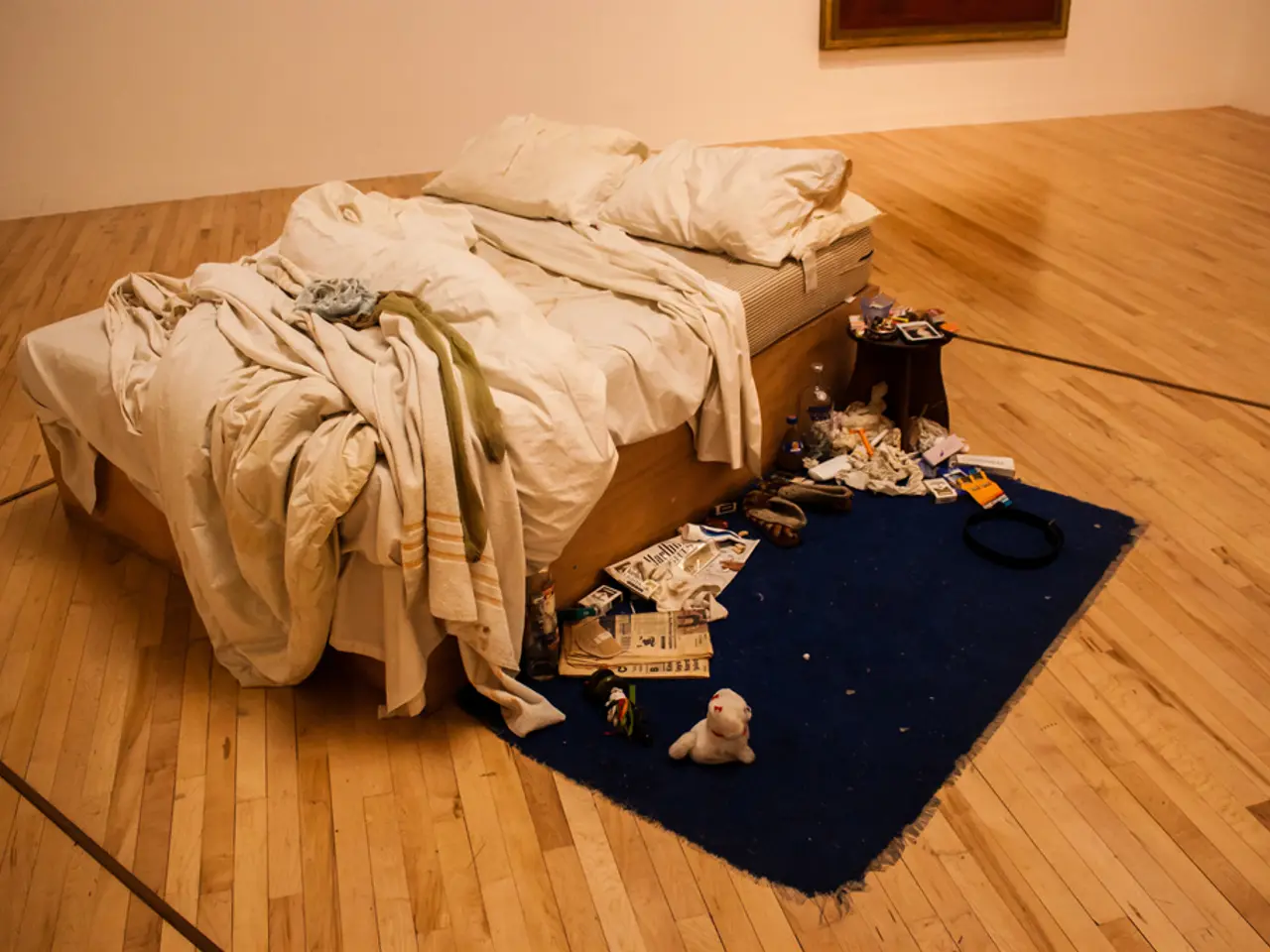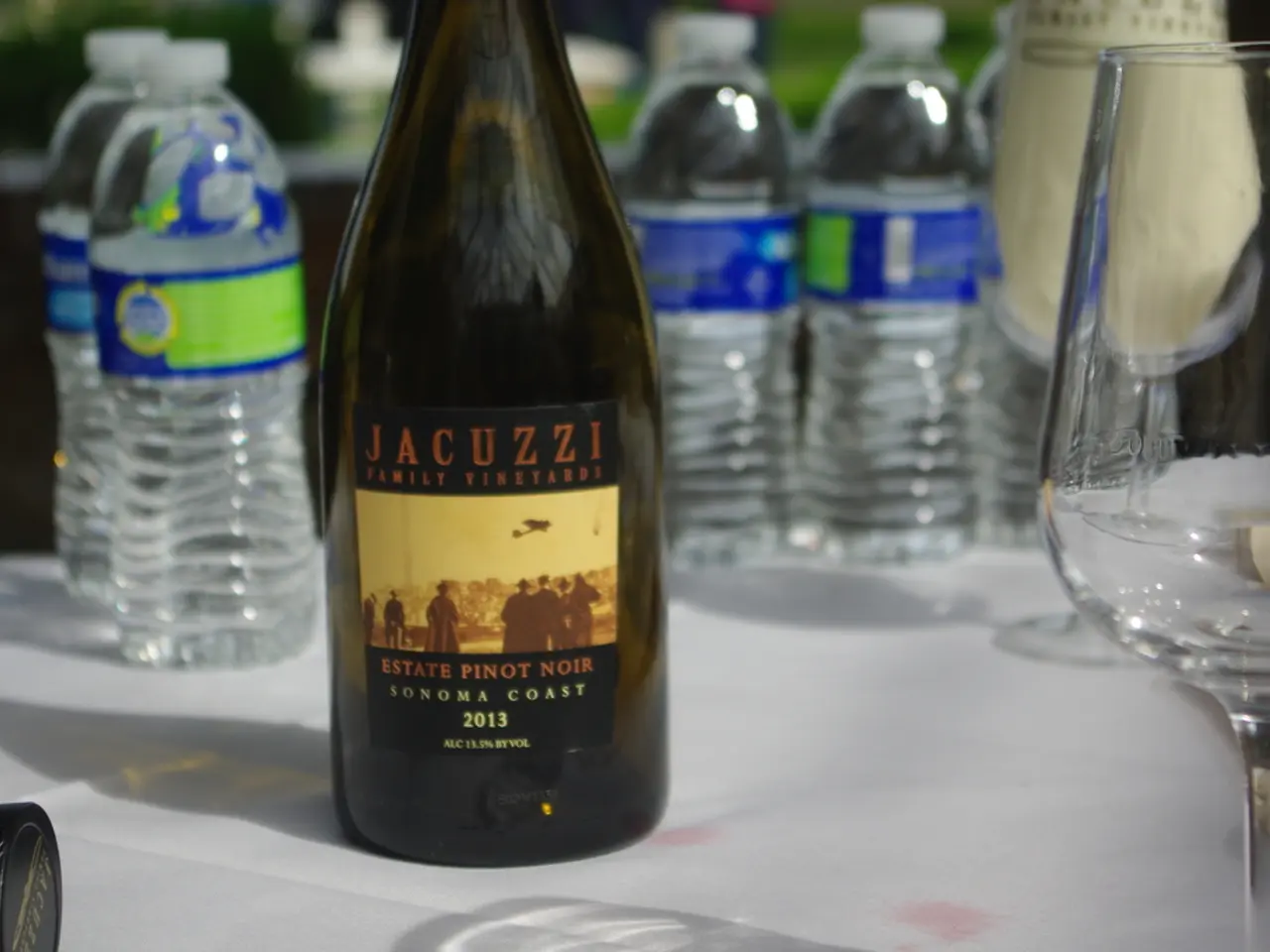Creating a Self-Sustaining Habitat: A Handy Guide for Building a Bioactive Terrarium (or Vivarium) Yourself
In the fascinating world of miniature ecosystems, bioactive terrariums stand out as a marvel of natural balance and sustainability. These terrariums mimic the complex interactions found in the wild, creating a symbiotic relationship between plants, animals, and microorganisms. Here's a step-by-step guide to building your very own bioactive terrarium.
First, choose a suitable container, preferably a clear glass or acrylic one, large enough to accommodate your desired plants and fauna. Prepare the base layers by adding a drainage substrate, such as gravel or clay balls, at the bottom to prevent waterlogging. Above this, place a mesh barrier to separate drainage from the soil.
Next, add a layer of organic, well-draining substrate like coconut fiber, soil, or peat moss. This medium will support plant growth and host beneficial microfauna. Keep the substrate a few inches deep depending on the plants and animals you plan to keep.
Incorporate live plants suited to the terrarium’s humidity and lighting conditions. Plants are crucial as they produce oxygen, provide shelter, and help cycle nutrients by breaking down waste.
A bioactive terrarium relies on decomposers and detritivores such as springtails, isopods, and beneficial bacteria. These organisms break down waste, mold, and uneaten food, maintaining a healthy environment. Dwarf White Isopods and Dwarf Purple Isopods are great choices for both small and large terrariums, as they breed quickly and easily and make short work of decaying organic matter.
Set up the environmental conditions by maintaining high humidity (usually 70-100%) using misting systems or manual misting to simulate natural habitats. Ensure the temperature range is appropriate for inhabitants, commonly 70-80°F for tropical species. Use LED lights to promote plant growth and replicate natural light cycles. UVB may be optional depending on the occupants but can enhance plant health.
Optional water features, like a mini pool or drip system, can add humidity and environmental enrichment, especially for amphibians. However, they must be maintained carefully to prevent stagnant water and contamination.
Include natural elements such as cork bark, driftwood, moss, and leaf litter. These provide hiding places, climbing opportunities, and microhabitats for the bioactive organisms. Magnolia leaves hold up longer in humid environments, but oak leaves are more versatile because they release nutrients more easily and are softer to eat.
Regularly check humidity, temperature, and plant health. Allow the clean-up crew to manage waste naturally, minimizing direct cleaning. Avoid overwatering to prevent mold growth. With time, your bioactive terrarium will clean, restore, and refine itself, creating a well-balanced ecosystem that requires minimal human intervention.
In summary, a bioactive terrarium is a closed ecological system that utilizes bioactive bugs and microflora to recycle organic material. By following these steps, you can create a miniature ecosystem capable of natural waste breakdown, nutrient cycling, and environmental stability, all while enjoying the beauty of a thriving, self-sustaining environment.
As you embark on the creation of your bioactive terrarium, consider integrating environmental-science principles to foster a miniature ecosystem reminiscent of climate-change dynamics. To complement your lifestyle preferences and home-and-garden aesthetic, choose plants that thrive in humid conditions for a lush, self-sustaining environment.




